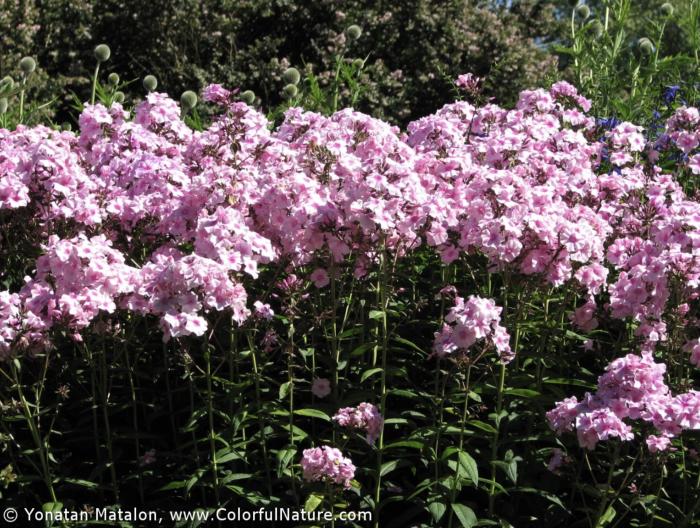Pelargonium drummondii
Geranium

Description
A perennial herb found as an erect or semiprostrate shrub, Pelargonium drummondii may be 3-16" in height. The flowers are light pink, but a darker colour at the center, splotchy and veined in appearance. The oblate cordate leaves are generally large and succulent. P. drummondii is distinguished from a similar widespread Australian species P. australe by the presence of a prominent branching perennial stem, which is generally absent in P. australe. However, young plants are likely to be indistinguishable by morphology alone. It does best in full sun with well draining soil. They need regular water during hot spells. Pelargoniums usually bloom during the summer, tolerating heat but not frost. The species was first described by Turczaninow in Bulletin de la Société Impériale des Naturalistes de Moscou.[1] The type specimen was collected by James Drummond, whose name is given in the specific epithet. It is described as native, not endemic., one of several Pelargonium occurring in Western Australia. The similar, but usually scented, South African species P. capitatum is also found throughout many Southwest Australian regions, although these were known to have been introduced after colonization by Britain.
Plant Type
Perennial
Height Range
1-3'
Width Range
Flower Color
Pink, Multi-Colored
Flower Season
Summer
Leaf Color
Green
Bark Color
n/a
Fruit Color
n/a
Fruit Season
n/a
Sun
Full
Water
Low, Extra in Summer
Growth Rate
Fast
Soil Type
Unparticular
Soil Condition
Well-drained
Soil pH
Neutral
Adverse Factors
n/a
Design Styles
Mediterranean, Ranch, Spanish
Accenting Features
Showy Flowers
Seasonal Interest
Summer
Location Uses
Entry, Patio, Raised Planter, Walkways, With Rocks
Special Uses
Container, Mass Planting, Hanging Baskets
Attracts Wildlife
n/a
Water Saving Tip:
Fix leaking sprinklers, valves, and pipes.
One broken spray sprinkler can waste 10 gallons per minute - or 100 gallons in a typical 10 minute watering cycle.